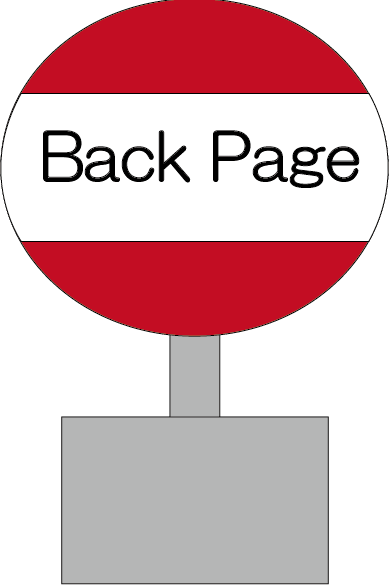Significance of maintenance
Much of the infrastructure we use on a daily basis was built during the period of high economic growth that began more than 50 years ago.
Additionally, the lifespan of infrastructures are generally said to also be 50 years.However, maintenance is not proceeding as planned.
Because of the huge number of buildings built in an era of economic momentum, in addition to the decline of the working population, maintenance cannot keep up.
Under such circumstances, various technologies are being developed and introduced to efficiently perform infrastructure maintenance.
Latest technology
RTK(Real Time Kinematic)Positioning
RTK is also called "relative positioning" and is a measurement methods.
RTK is a technology that acquires positional information using satellites, and is used for the automatic navigation of drones that require accurate position information and the automatic operation of agricultural machinery.
5G
The combination of the use of communication equipment and 5G has led to the development of infrastructure technology.
Real-time monitoring is possible by transmitting images obtained from drones and inspection vehicles over 5G ultra-high-speed and ultra-low latency networks.
Real-time transmission of high-resolution video, which was difficult with conventional communication technologies, contributes to the realization of high-precision surveillance by combining it with AI-based image recognition.
Multicopter
Originally, bridge inspection vehicles performed road bridge inspections by closely monitored the bridge with the introduction of multicopters, on-site personnel are no longer required.
It also improves the accuracy and quality of the inspection.
Status of introduction of the latest technology
In 2021, the Ministry of Land, Infrastructure, Transport and Tourism conducted a survey on the introduction of new technologies by facility managers in operations such as infrastructure inspections and diagnostics, targeting 11 areas under its jurisdiction.
As a result, it was found that 46% of managers have adopted the system, 11% more than at the survey from 2019.
In addition to the impressive 99% increase in prefectural and ordinance-designated cities and just under 40% in other municipalities, the adoption rate is also increasing year by year.



